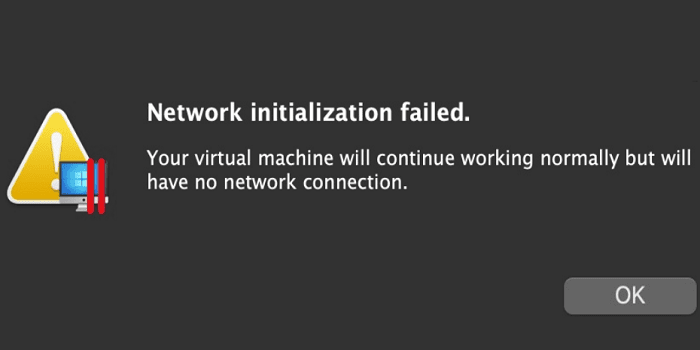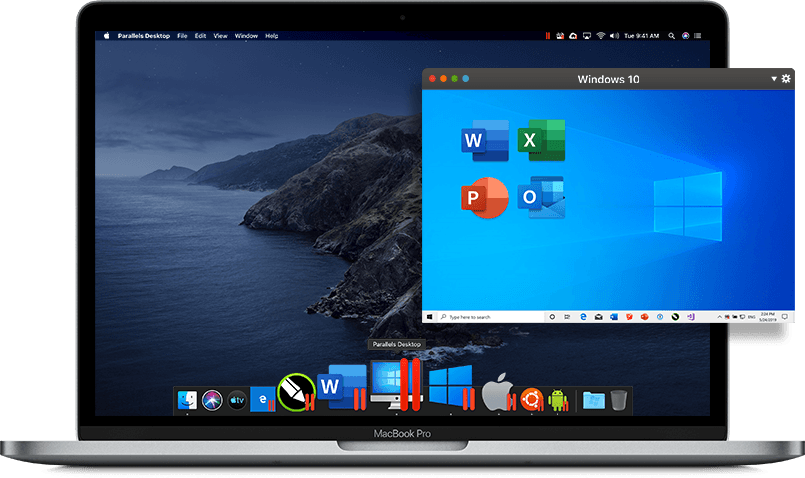
Now navigate to C:\Program Files\HFSExplorer\ (or whatever folder you installed HFSExplorer in) and paste msvrc71.dll into it.In that folder, copy the file msvrc71.dll. Navigate to C:\Program Files\Java\jrelx.x_x\bin\ (where x.x_x is the version number of the version of JRE you have installed).If you get an error stating that MSVRC71.dll wasn’t found, have no fear.Now’s the time to head over to the Sun download page to download and install the Java Runtime Environment (JRE). If you don’t have the Java Runtime Environment installed, you’ll receive an error message telling you as much. If HFSExplorer launches, skip down to step #12.If you’re not using an administrative account, use Run HFSExplorer in Administrator mode and enter an administrators password. If you’re using XP and are signed in with an administrative account, you can click HFSExplorer. If you’re using Windows Vista, 7, 8 or 10, click Run HFSExplorer in Administrator mode. Navigate to the HFSExplorer folder in your Start menu.When the installation is complete, click Finish.If you don’t like the default folder name (?) – feel free to change it here.If you don’t like the default installation folder, use the Browse… button to select another.cdr alone – but you should decide based on your needs. On the Choose Components screen, decide if you want to register.Review the license agreement (right) and if you agree to it, click I Agree.Download HFSExplorer and once the download has completed, run the installer file. Start by booting your Mac into Windows.HFSExplorer has been updated several times since this guide was published and the steps may have changed slightly in the process, but you should still be able to follow along with no problems at all.

I have confirmed that HFSExplorer works in the latest versions of Windows (Windows 7, 8 and 10). PLEASE NOTE: the steps and screenshots used in this guide are from Windows Vista. HFSExplorer is a completely free and open source app.

With HFSExplorer you can access all of the files and folders on your macOS partition/drive – from Windows. This tutorial will guide you in doing just that – using free and open source software. If you have Windows installed on your Mac via Boot Camp, there have probably times when you wish you could access your macOS files and folders from within Windows.


 0 kommentar(er)
0 kommentar(er)
